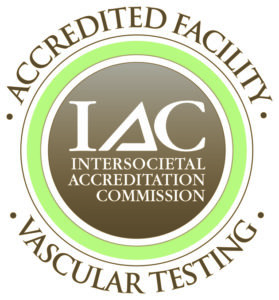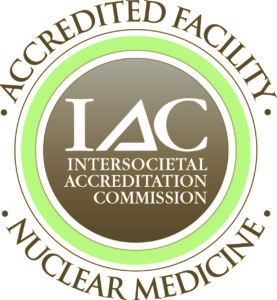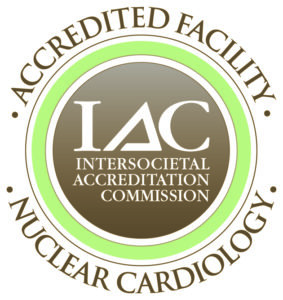The purpose of this test is to evaluate the blood supply to the heart muscle.
A nuclear stress test can take two to five hours. When you arrive, you’ll be asked about your medical history and how often and strenuously you exercise.
Before you start the test, a technician inserts an intravenous line (IV) into your arm or hand and places sticky patches (electrodes) on your chest, legs, and arms, which connect by wires to an electrocardiogram machine. The electrocardiogram records the electrical signals that trigger your heartbeats. A cuff on your arm checks your blood pressure during the test.
If you’re exercising, you’ll likely begin walking on the treadmill slowly. As the test progresses, the speed and incline of the treadmill increases. You can use the railing on the treadmill for balance, but don’t hang on tightly, as this may skew the results of the test. On a stationary bike, the resistance increases as the test progresses, making it harder to pedal.
You continue exercising until your heart rate has reached a set target, you develop symptoms that don’t allow you to continue or you develop:
You can stop the test any time you’re too uncomfortable to continue.
A radioactive dye is injected into your bloodstream through the IV. First, images will be taken of your heart at rest. Then, after you’ve exercised or been given medication to stimulate your heart, you’ll receive more radioactive dye through the IV. You’ll again lie on a table while a scanner similar to an X-ray machine creates images of your heart muscle. The dye shows inadequate blood flow to part of your heart as a light spot on the images.
The two sets of images allow your doctor to compare the blood flow through your heart while you’re at rest and while your heart is pumping harder as a result of exercise or medication.
When the test is complete, you may return to normal activities unless your doctor tells you otherwise. The radioactive material will naturally leave your body in your urine or stool, but drinking plenty of water will help flush the dye out of your system.


